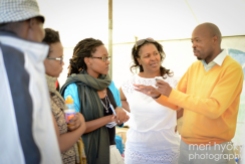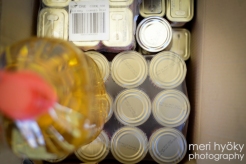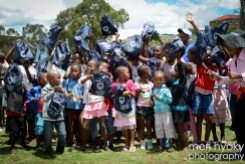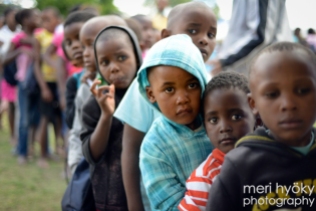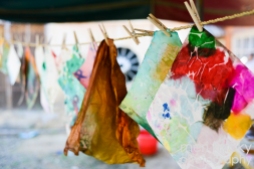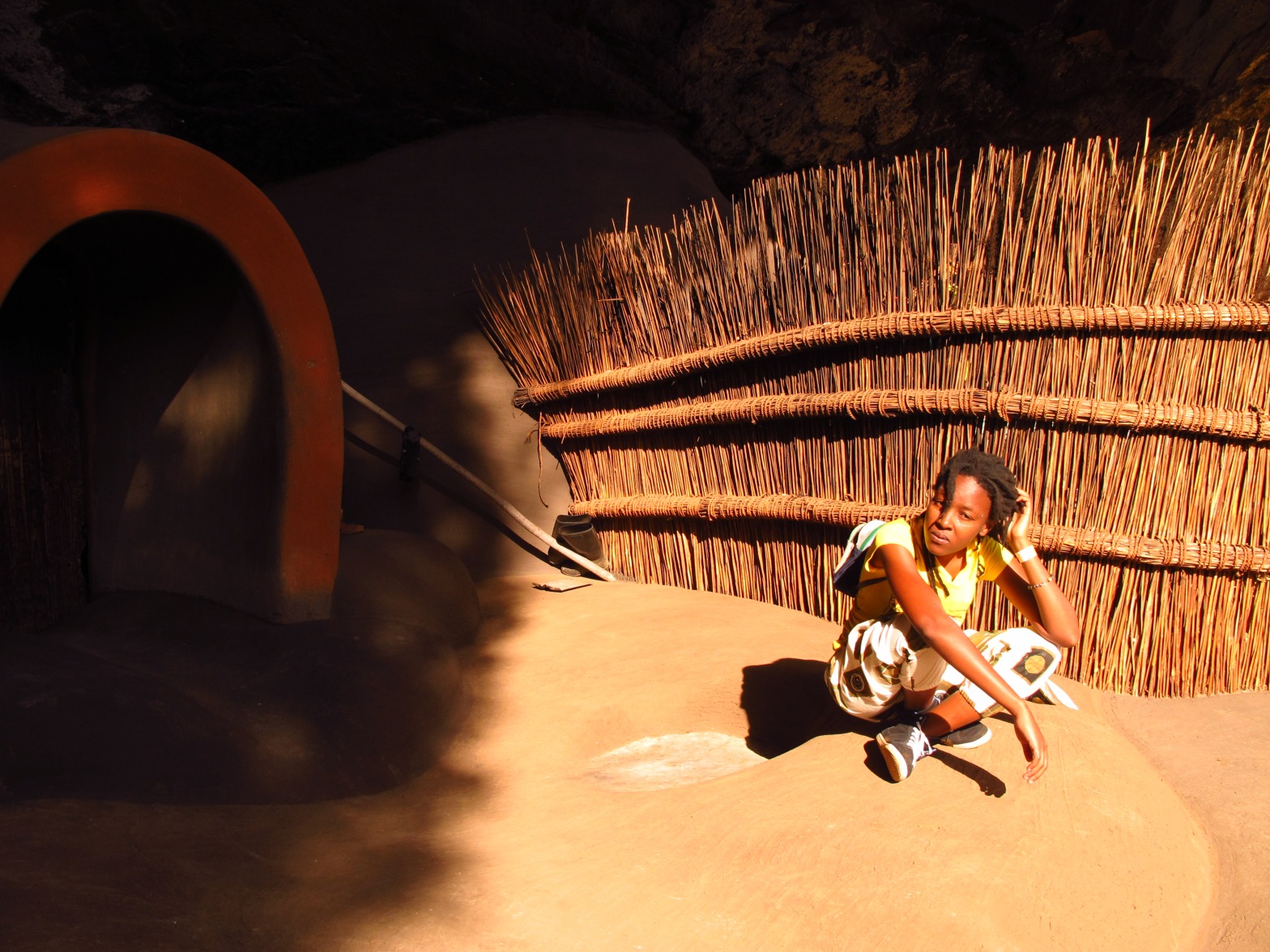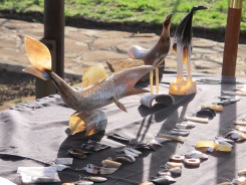Originally posted by Dig Deep Coaching
There are many great charities doing a fantastic job at enriching the lives of children and adults all over Africa, by providing them with bikes for school or work.
But have you ever considered the prospects for those children who catch the ‘Cycling Bug’ and discover that they have an exceptional talent on their bikes?
The Lesotho ACE MTB Race Team is positioning itself to fill this void and give deserving young riders an opportunity to shine on the world stage. We are launching Africa’s first ever black UCI MTB Team and we are desperately seeking support from anyone who can get a “foot-in-the-door” to cycling industry suppliers, global businesses or sympathetic companies who may be interested in supporting our team.

In Lesotho, we discover many potential cycling sensations, but in a country ranked a lowly 162nd in UN Development Indexes and where the government has other priorities than investing in sport, it has been very difficult to provide these cyclists with the opportunity that they yearn for.
The Lesotho ACE (Academy of Cycling Excellence) MTB Race Team is a mouthful, but encapsulates what we are trying to achieve as a team. The Race Team is an important facet, providing those who have already proved their potential, an opportunity to race in some of the biggest races on the African continent, including UCI World Cup and UCI World Marathon Championships.
However the team members will also act as role models, committed to grass-roots development initiatives to get children inspired in the sport. We really believe (as did our dearly departed Tata Mandela) that sport has the ability to break down the barriers of poverty and race, and can also give children hope, focus and fulfilment.
With the help of Dig Deep Coaching sessions and The Sufferfest videos, we were able to prepare a team for the 2013 World MTB Championships in South Africa, where Lesotho made the continent proud by being the only black African nation represented. The event was an eye-opener and we realised that the only way we can improve is through regular international competition, both at home and away.
As we stand at the moment – January 2014, we are still in need of a Title sponsor for the team and pretty much all the team equipment as well. We must be the best-value UCI MTB Team with a modest budget of just £20,000 (€24,000). As a Title sponsor of a bone fide UCI MTB Team, we can promise great international news interest and exposure.
New Team Bikes would be a dream but our most pressing need is for bike parts that need regular replacement because of wear and tear – drivetrain and tyres. Next in line would be racing wheelsets, suspension forks, reliable brakes, helmets, shoes and clothing. GPS cycling systems would also be a great help to prescribing and measuring training – better still Power Meters will enable our coaching team at Dig Deep to evaluate our training and progress much more closely.
We cannot promise that our team will become world-beaters, but we will give it our best shot! We are confident we can get riders into the 2014 Commonwealth Games and the next target will be Rio 2016 Qualification. Along our journey, we will endeavour to make all our sponsors and supporters proud and to continually applaud their contribution and highlight their products through our active social media channels and upcoming website.
More images can be found here – https://vimeo.com/83564524





